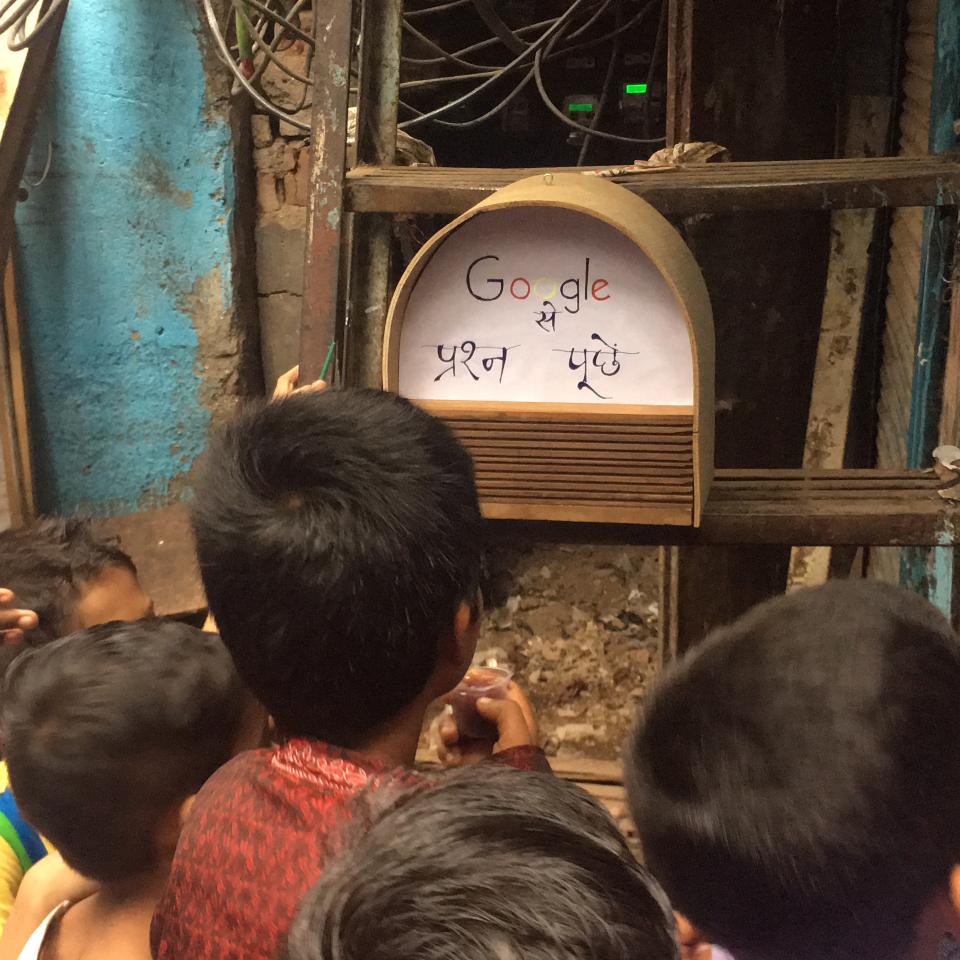
Empowering communities in the developing world to shape our digital future
A research team from Swansea University developed a new methodology to empower communities in the developing world to help shape new digital technologies that meet their needs.
Image credit: FIT Lab, Swansea University
In 2006, just 17% of the world’s population had access to the internet. Today this figure is more than 50%. However, digital technologies are typically created for people in the developed world and make certain assumptions about how people live, their standard of education, technological resources and experience.
These assumptions can exclude people in the developing world whose needs, resources, education and access to technology are often very different.
Community-driven innovation
Previous research by the team looked at how to extend access to digital technology to people in the developing world. This research built on the teams’ earlier work, looking at how to involve people from the developing world in creating new technologies that would meet their needs.
The team developed a new methodology called ‘itinerative’ design, a community-driven innovation approach. They ran workshops in communities in Kenya and India, using the methodology to identify the challenges people had using technology and design ways to overcome them.
Following the workshops, the research team created use cases which they presented to local technology experts, non-governmental organisations (NGOs), cultural commentators and other stakeholders. They then worked with project partners to develop prototypes to address the challenges and opportunities identified during the initial workshops.
The team piloted and developed the prototypes with local communities. At the end of the process, they explored how the resulting new technologies could benefit people in the developed world.
Shaping new technologies
The team’s research showed how working with people in the developing world can bring globally relevant insights that help shape new technologies.
For example, their work with female domestic workers, rickshaw drivers and school children in Bangalore led to APPropriate, an app that allows people to use others’ devices as their own. This increases people’s security as they don’t need to carry a phone in public. It also increases resilience. As a user in South Africa said, “The electricity went out for a week during the storm so I couldn’t charge my phone – I could still borrow a phone with charge though.”
The team’s workshops with township residents in Cape Town led to the Better Together platform that allows multiple mobile devices to be used in tandem, combining their capabilities and interactions. The tool has been downloaded over 1.5 million times in India, where it has an average of 179,000 active daily users.
The team’s workshops also led to the development of public space smart speakers, which have been used in an Indian slum and a South African township. A news reporter from ABP News in India said, “These smart speakers are capable of answering each and every question.”
During the project, the research team trained hundreds of community members in sub-Saharan Africa, India and South America, and provided over 200,000 people from around the world with new digital services such as interactive speech assistants and content editing tools.
Research team
Simon Robinson, Jennifer Pearson and Professor Matt Jones – Swansea University
